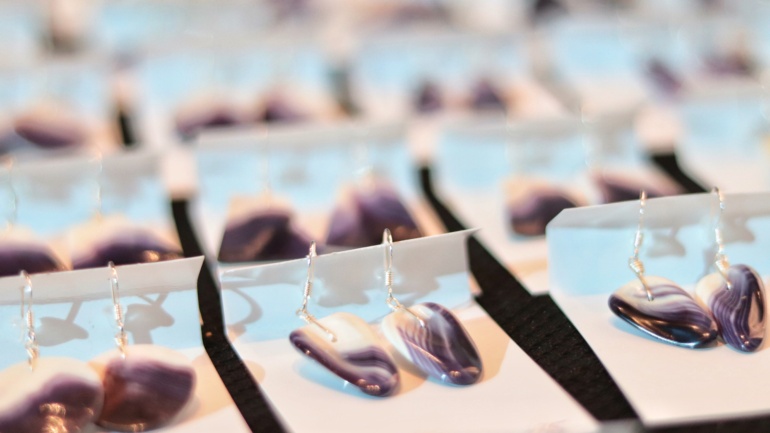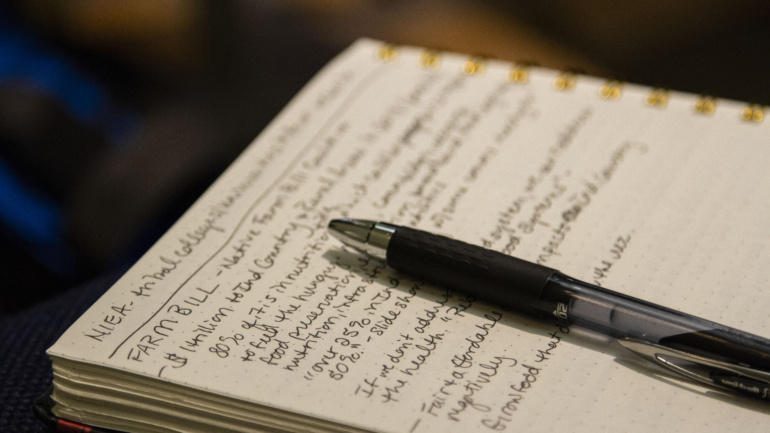by Sarah Liese
For years the Indigenous population have been excluded or underrepresented from national data, leading to lack of funding according to the Federal Data Collection in American Indian/Alaska Native Communities researched by National Congress of American Indians (NCAI) Policy Research Center.
Accurate data would allow for tribal leaders to better provide services to their citizens. NCAI stated that the inclusion of Native Americans in data could change federal budget planning, service provision, resource allocation and tribal eligibility for federal grants.
A 2017 report from the National Cancer Institute found that American cancer rates are declining overall, but that is not true for Native Americans.
Kristine Rhodes, CEO of the American Indian Cancer Foundation, spoke out against this inaccuracy at the 2017 Excellence in Journalism Conference during the Native health panel.
Rhodes corrected this report by including Native Americans to the study. She found that the Indigenous community had increasing cancer rates over the last 20 years. She also encouraged other health professionals to normalize that Natives are a part of the data.
“What I tell researchers and partners that we work with [is] if I see a chart and it has ‘white, black and other,’ I ask them to at least put in American Indian with an asterisk,” Rhodes said. “We can’t just continue to be invisible in these data pieces, and they need to able to explain why they aren’t including us.”
Mark Trahant, a journalist and professor at the University of North Dakota, also found that Native Americans were out of mind for many medical professionals. Nearly eight years ago when Trahant was editor for the Seattle Post-Intelligencer, he had access to the top experts in the world and his questions regarding Native health shook them.
“These top experts would come in and at the end of every interview I would ask, ‘How does this fit with the Indian health system?’” Trahant said. “And their faces would drop. It had never occurred to them.”
American Indians account for 1.7 percent of the U.S. population. This tiny number, combined with a mistrust of data collection and federal government agencies by Native Americans increases the inclusion issues according to the (NCAI) Policy Research Center.
The Assistant Secretary for Planning and Evaluation (ASPE) recognized the insufficient sample size, and suggests to increase the sample size, over-sample, collect multiple years of annually researched data, fund and perform studies to address the well-being of American Indians, and lastly, seek out partnerships with Native communities.
Language and geographic barriers such as poor roads or houses without addresses add to the number of challenges as well.
The ASPE responded to these barriers with a solution centered on reviewing sampling techniques. Their answer is to provide cost-effective identification for those not residing on reservations/homelands, increase rural sample sizes, oversample those living on Native homelands and come up with new approaches to maximize the use of existing data from rural areas while protecting privacy and confidentiality of respondents.
Freelance reporter Lenzy Krehbiel-Burton, a former correspondent for the Native Health News Alliance, noted that a reason Native Americans are missing from data is because the people conducting the survey may not be in a place with a notable Indigenous presence.
Krehbiel-Burton also suggested the answer is placing more boots on the ground to actively seek out Native Americans in the community.
“Because we are out of sight and out of mind, they don’t necessarily think to ask about us,” Krehbiel-Burton said. “It’s going to take everybody speaking up and saying, ‘Hey we’re here, please don’t forget about us.’”
Mallory Black, the Communication Editor for StrongHearts Native Helpline, spoke about the importance of Indigenous news organizations, such as the Native Health News Alliance, to aid in the inclusion of Indigenous people in health data.
“It’s not necessarily advocating for these issues. It’s about informing people about what the issues are, what the statistics and the data do show when they are available, but what solutions are happening in- house,” Black said. “What solutions are being proposed by the communities themselves to respond to these issues, and what they’re bringing to the table.”
To move away from stereotypes, the Native health panel at the 2018 Nation Native Media Conference will focus on solutions rather than centering on beaten down statistics such as diabetes or heart disease. The goal is to zoom in on the heart of Native communities and see what tribal leaders are doing to address these issues.
One of the speakers at the Native media panel, Antonia Gonzales, is collaborating with the Solutions Journalism Network that is doing a series called State of Change, which is a group of newsrooms in New Mexico impacting rural communities. She is also interacting with the New Mexico in Focus for PBS covering health and wellness issues.
In both of those projects, Gonzales said they are wanting to include Native voices in mainstream media. She hopes to steer away the “gloom and doom” of Indian country by zooming in on grassroots members, Native programming, health services and traditional and western medicine solutions in order to bring the well-being and development of the Indigenous community to the forefront.
“Not only are reporting and our stories taking a look and examining what people are doing to overcome challenges, but it also means we are providing more information and getting more information out there on these issues,” Gonzales said.


